$3 million Indigenous eel cafe opens on the banks of Lake Condah in Victoria
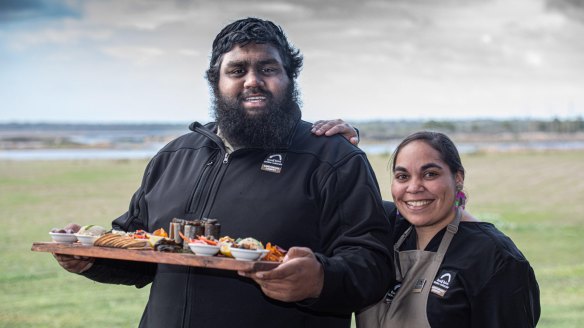
The Gunditjmara people have been dreaming about an eel cafe on the banks of Lake Condah for a generation.
The western Victorian Indigenous community in Heywood north of Portland has been farming, harvesting, smoking and trading in eels for more than 6500 years.
Now, after decades in the planning and a two-year wait due to COVID, the Tae Rak Aquaculture Centre and Cafe has opened its doors to the public to serve eel and other bush foods and offer tours of the site.
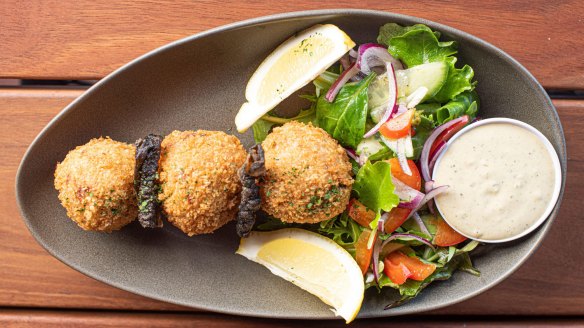
Head chef and Gunditjmara man Ricky North has developed dishes such as eel arancini, eel pâté, smoked eel and smoky, crisp eel skin crackling for the new menu.
"I wanted to bring eel to a broad audience and make it approachable," North says.
The $3 million lakeside cafe will join several other Indigenous interpretation and visitor sites in the region.
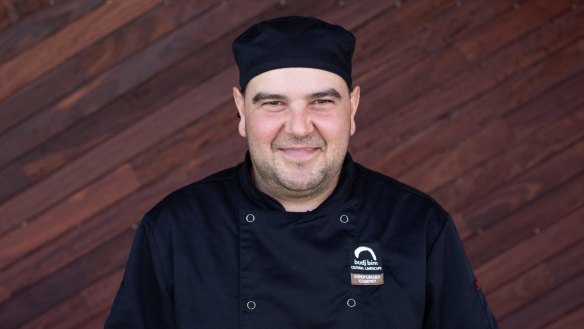
In 2019 UNESCO awarded the Budj Bim landscape World Heritage status, acknowledging the extensive system of stone houses, eel traps, eel races and storage ponds that dot the rugged volcanic terrain, which dates back 37,000 years.
The landscape was made by lava from Budj Bim/Mount Eccles, which formed domes and depressions that filled with water.
The Gunditjmara filled the water with eels by carving a network of canals through the hard volcanic rock by using fire to heat the rock and water to crack it apart.
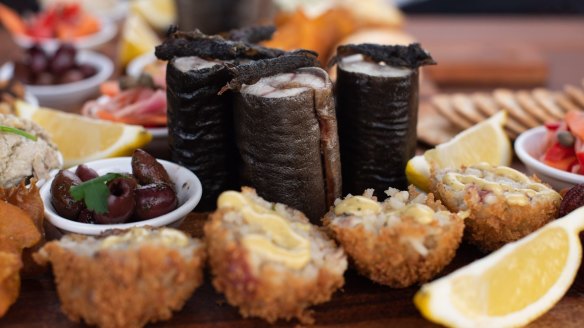
The eels were fattened on kangaroo tail and by burning the surrounding bush to force insects into the water.
"Eel lies at the heart of our traditional culture," says Braydon Saunders, a young Gunditjmara man and Tae Rak tour guide.
"It wasn't just eel, or kooyang in our language, but a whole freshwater ecosystem.
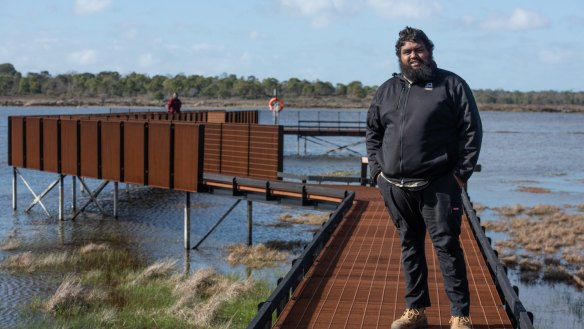
"Duck, freshwater mussels, tupong or blackfish, reeds and big spiky freshwater crayfish."
In traditional times, Saunders' ancestors would smoke the eels in tree hollows so they could trade them for green stone from central Victoria to make tools or shellfish from the coast.
Some of those ancient trees still stand today, blackened with smoke and hollowed by fire.
"There was so much food that we had villages of 200 or more people living in stone houses," Saunders says.
At the cafe, a state-of-the-art eel processing room will come online in the next few months, which will harvest eel from the lake using culturally appropriate methods.
The eel will be processed, brined, smoked over local woods, and packed ready for sale further afield, creating jobs for local people.
A freshwater holding tank will also let visitors come face-to-face with the short-finned eels that allowed this part of Australia to become the most densely populated part of the nations in pre-European times.
Restaurant reviews, news and the hottest openings served to your inbox.
Sign up- More:
- Restaurant news
